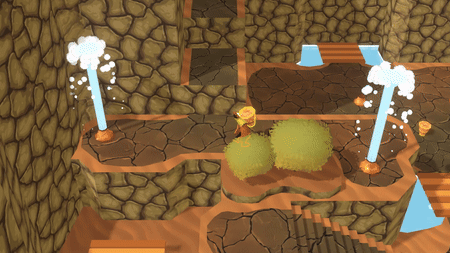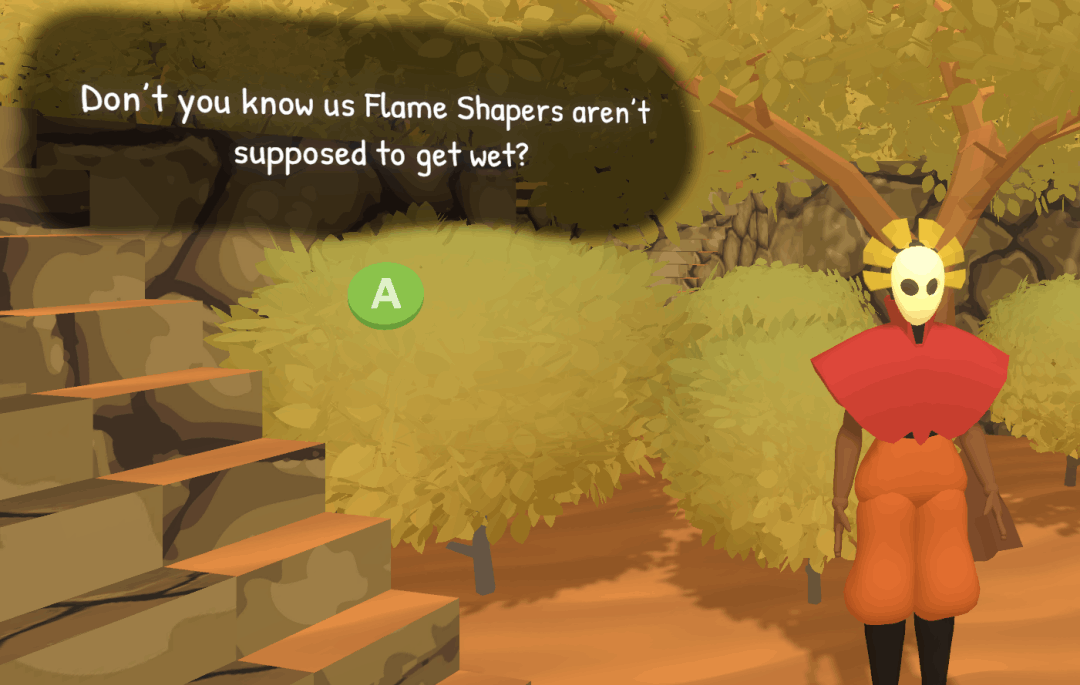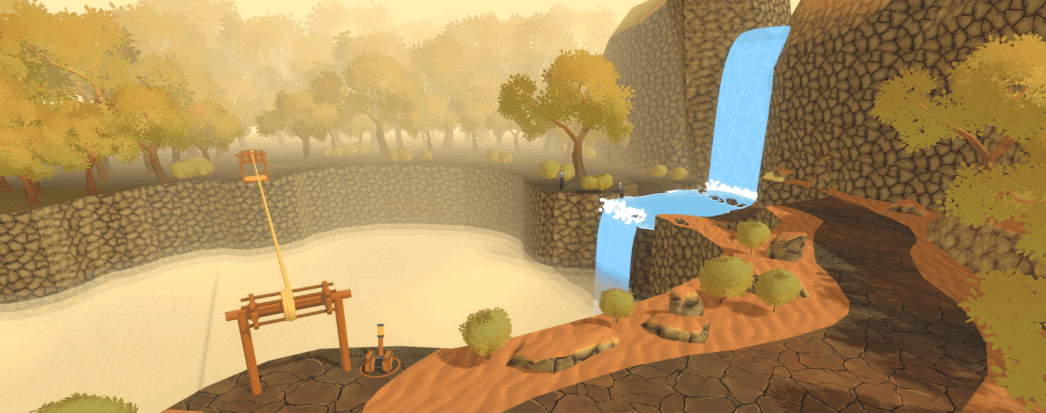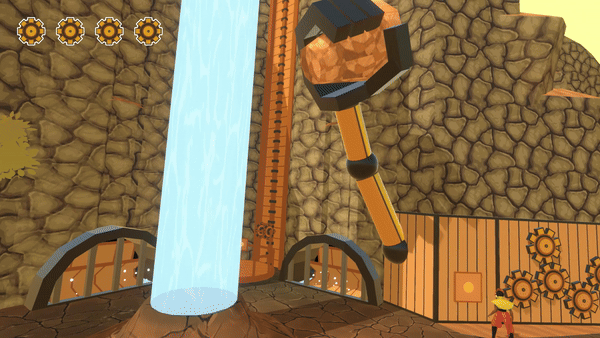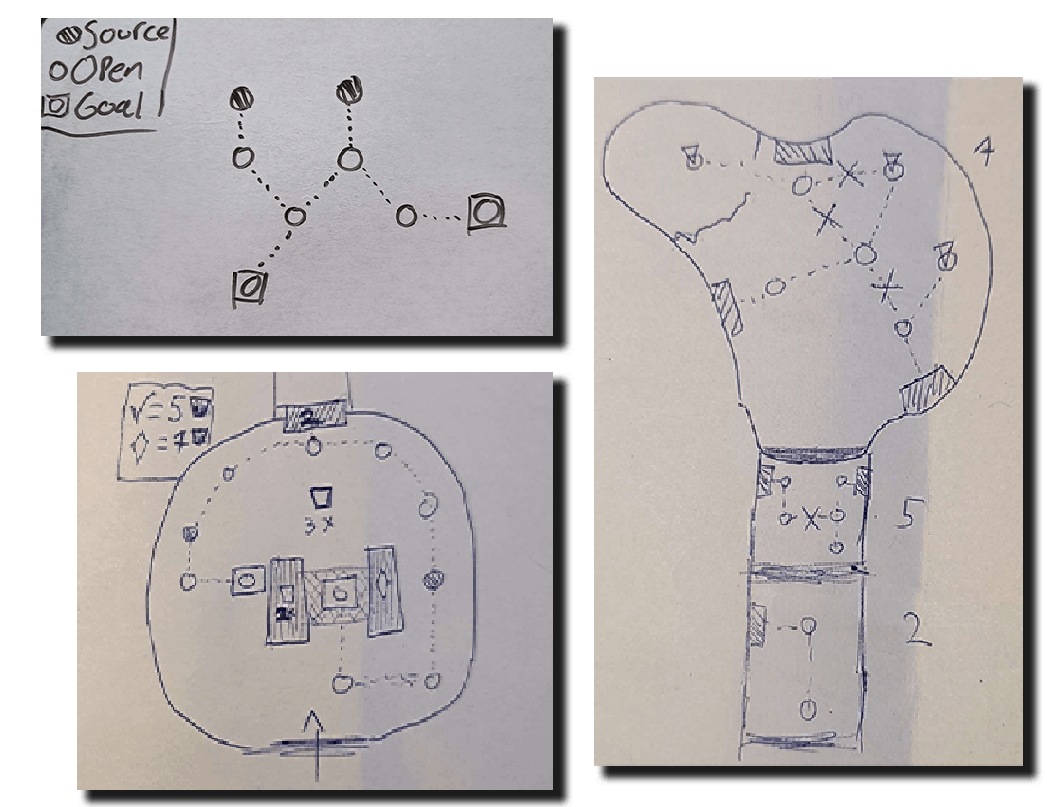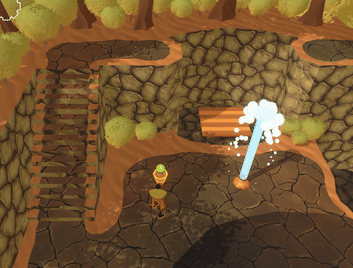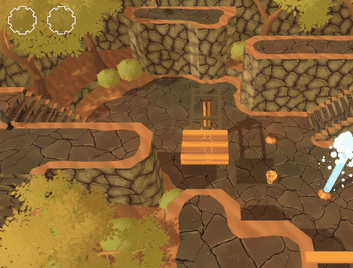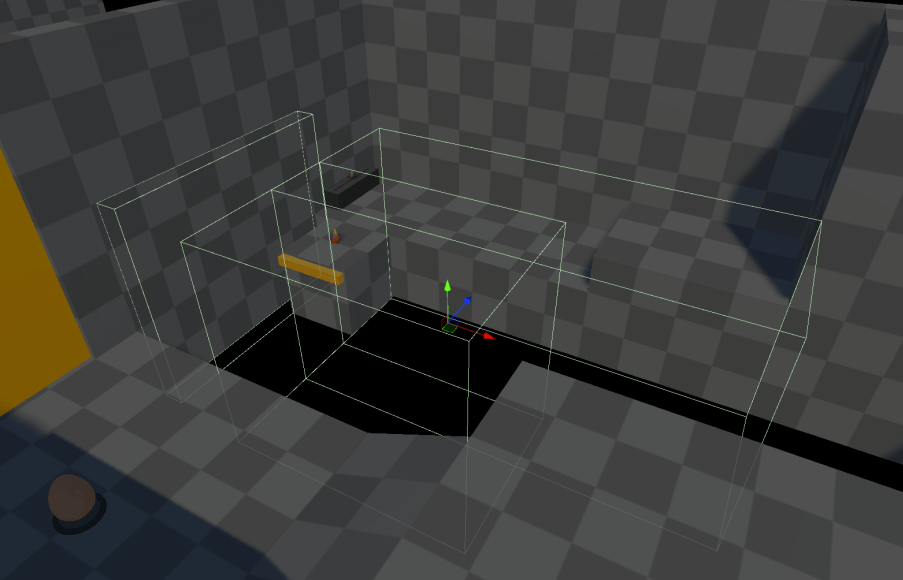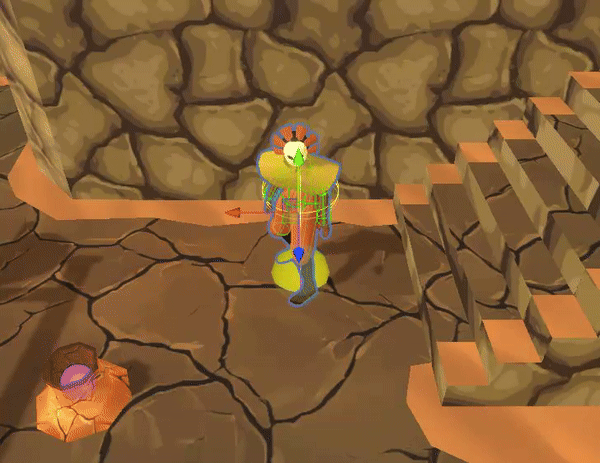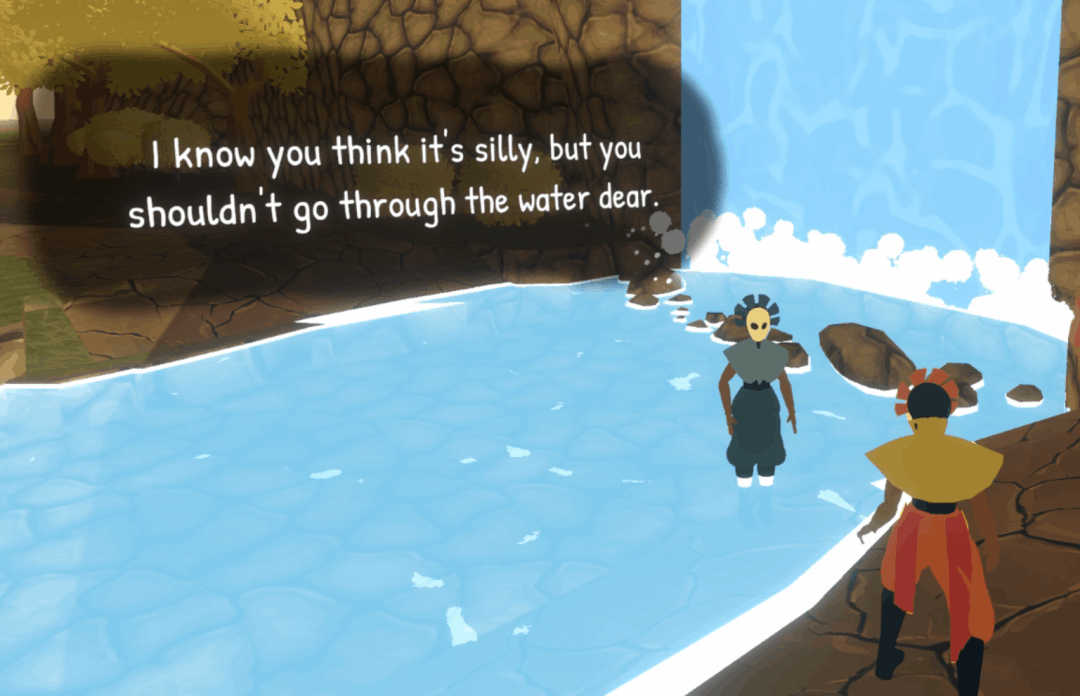
The protagonist is born with fire powers. Using these powers make them feel uncomfortable and gradually starts hurting them the more they use them.
The demo takes place at the start of their journey where they are being taught to avoid water at all costs and to instead embrace their fire powers. The water does not physically hurt them, so the only reason they need to avoid this is to conform to the rules of society.
This represents being raised to behave according to gender roles, just because society expects you to. The demo focusses on suppressing your identity as a result of this societal pressure.
